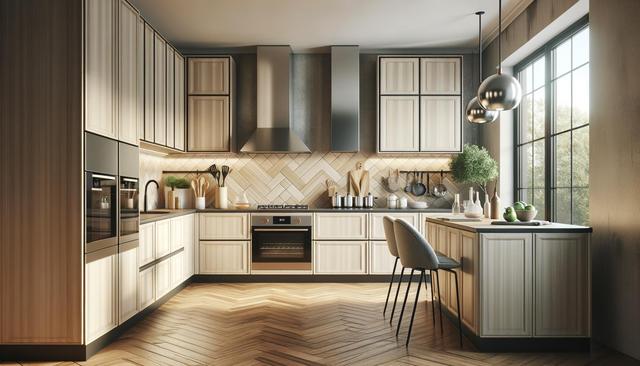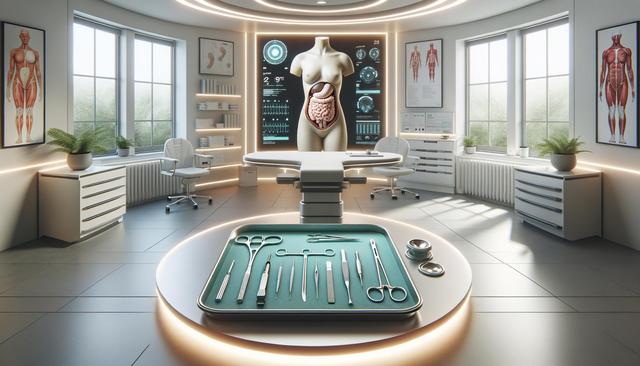
Exploring the Most Popular Kitchen Cabinet Colors in 2025
Why Neutral Tones Are Leading the Way
Neutral cabinet colors have seen a steady rise in popularity, and 2025 confirms their lasting appeal. Homeowners and designers are increasingly drawn to hues like soft gray, classic white, and warm beige because they offer timeless elegance and adaptability. These shades create a serene and welcoming environment that works beautifully with a variety of design styles—from contemporary to farmhouse to Scandinavian-inspired interiors.
One of the main reasons behind the dominance of neutral tones is their ability to open up a space. Lighter colors reflect more light, making kitchens feel larger and more inviting. This is especially beneficial in urban homes or apartments where kitchen space is often limited. Additionally, neutral cabinets serve as a versatile foundation, allowing homeowners to experiment with bolder colors in backsplashes, countertops, and accessories without overwhelming the room.
Neutral tones also appeal to a wide audience, which makes them a practical choice for those planning to sell their home. Buyers are more likely to be attracted to kitchens that feel clean and modern, and neutral cabinets fit that bill perfectly. Their universal charm makes them an enduring trend in kitchen design.
Pairing Cabinets with Modern Design Trends
In 2025, kitchen design is all about achieving harmony between functionality and aesthetics. Neutral cabinet colors are perfectly aligned with this philosophy, as they blend effortlessly with a range of modern design elements. Whether you’re integrating smart appliances, minimalist hardware, or natural textures, these cabinet shades offer a cohesive look.
Some popular pairings include:
- Soft gray cabinets with matte black handles and marble countertops for a sleek, modern look.
- White cabinetry combined with light wood accents and open shelving to create a bright, airy atmosphere.
- Beige cabinets paired with brass fixtures and earth-tone tiles for a warm, inviting space.
Designers are also embracing mixed-material kitchens, where neutral cabinets serve as a backdrop to contrasting finishes. For example, a kitchen might feature white upper cabinets and darker wood lower cabinets, creating visual interest without sacrificing harmony. This layered approach ensures that the space feels dynamic yet grounded.
The Role of Lighting and Layout
Lighting plays a crucial role in how cabinet colors are perceived, and this is especially true for neutrals. In 2025, thoughtful lighting design is enhancing the appearance of soft gray, white, and beige cabinetry. Both natural and artificial lighting can influence the warmth or coolness of these tones, making it important to consider the direction of light sources when choosing cabinet colors.
For instance, in kitchens that receive abundant natural light, white cabinets can appear even brighter and more expansive. On the other hand, in dimly lit spaces, beige tones may offer a softer, cozier feel that avoids the starkness of pure white. Under-cabinet lighting is also becoming a standard feature, not just for functionality but for accentuating finishes and color tones.
Layout affects how impactful a color choice can be. Open-concept kitchens benefit from neutral cabinets as they create a seamless transition between cooking and living spaces. In contrast, galley kitchens or U-shaped layouts can feel less cramped when lighter tones are used, helping to avoid a closed-in feeling.
Durability and Maintenance Considerations
Beyond aesthetics, homeowners in 2025 are considering practicality when selecting cabinet colors. Neutral shades often hide everyday wear and tear better than darker or more vivid alternatives. Soft gray, in particular, is appreciated for its ability to mask fingerprints and smudges, making it a popular choice for busy households.
Maintenance is another factor where neutral cabinets excel. They require less frequent cleaning to maintain a fresh appearance and are easier to touch up in case of chips or scratches. Paint and finish technology has also advanced, with more options offering stain resistance and easy-clean surfaces that extend the life of cabinetry without compromising on style.
Moreover, as sustainability becomes a bigger priority in home design, many neutral cabinets are now available in eco-friendly materials and finishes. Homeowners can choose responsibly sourced wood or recycled composite materials finished in timeless colors, combining aesthetics with environmental accountability.
Choosing the Right Shade for Your Space
While neutral tones dominate the kitchen cabinet trends of 2025, selecting the right shade still requires thoughtful consideration. Factors such as kitchen size, lighting, and personal style all play a role in determining the most suitable option.
Here are a few tips to guide your decision:
- If your kitchen lacks natural light, opt for warmer neutrals like cream or beige to add warmth and depth.
- For a more modern, minimalist look, soft gray offers a subtle sophistication that pairs well with metal finishes and sleek surfaces.
- Classic white remains a safe and stylish choice for almost any setting, easily complemented by colorful or textured accents.
Ultimately, the goal is to choose a cabinet color that not only enhances the visual appeal of your kitchen but also aligns with your lifestyle and long-term plans. Neutral tones offer the flexibility to evolve with changing trends, allowing you to refresh your space with new accessories or minor updates without the need for a complete overhaul.
Conclusion: A Timeless Choice for Modern Kitchens
Neutral kitchen cabinet colors like soft gray, white, and beige are more than just a passing trend in 2025—they represent a thoughtful approach to design that balances style, practicality, and adaptability. Whether you’re renovating an existing space or planning a new build, these tones provide a dependable foundation that can grow with your needs and tastes.
By choosing a neutral palette, homeowners can enjoy a kitchen that feels both current and timeless, welcoming and functional. It’s a choice that not only enhances daily living but also adds long-term value to the home.


